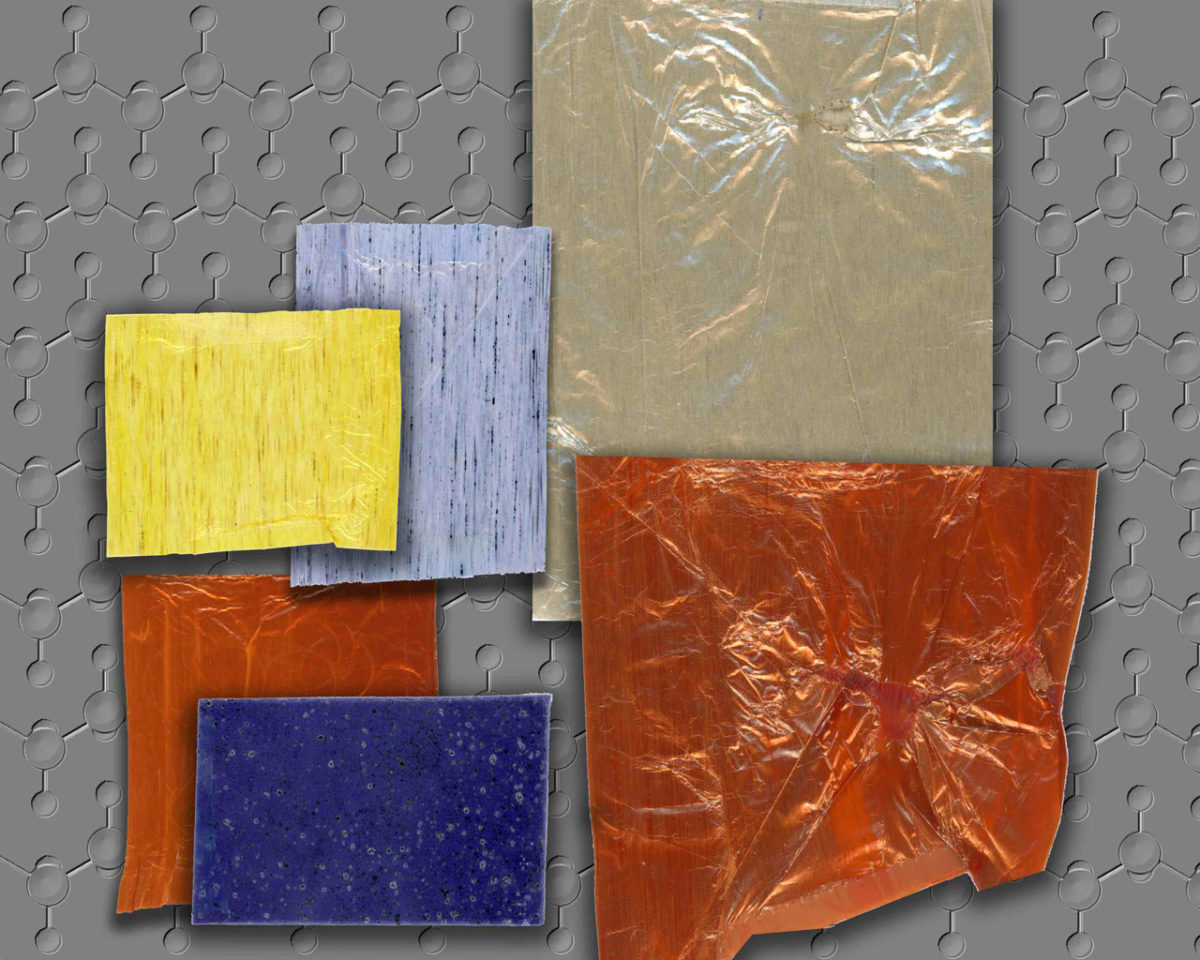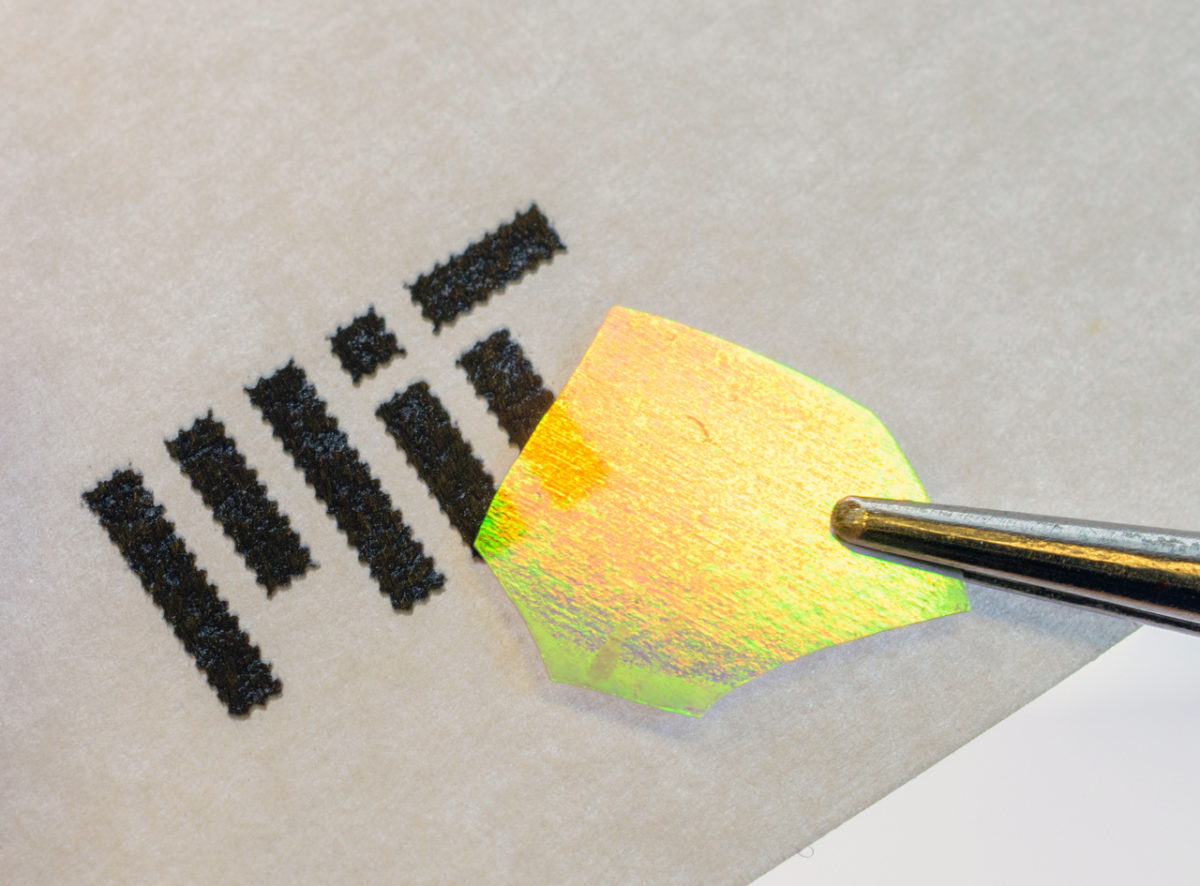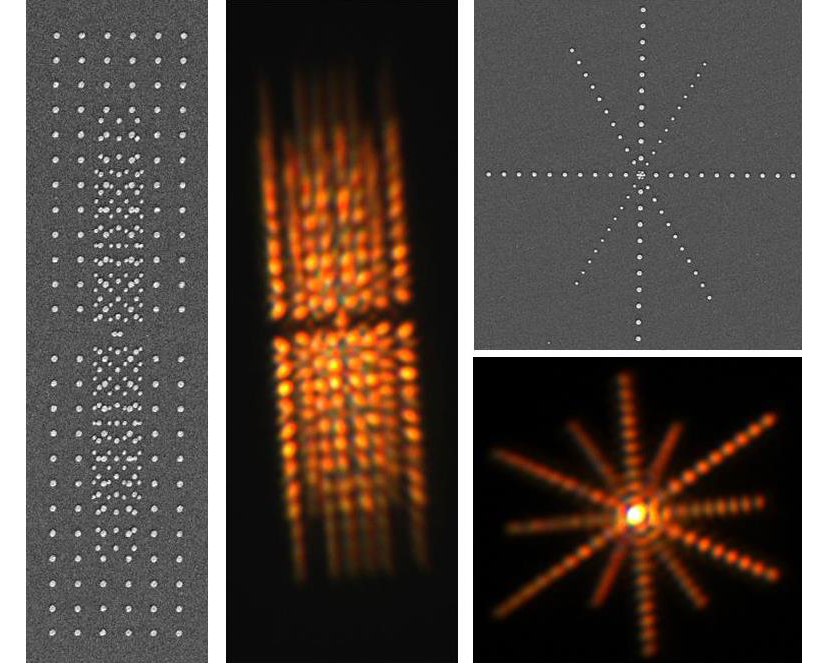“Complexity and the lack of dull repetitiveness is fascinating in both computing and the arts.”
— Svetlana V. Boriskina, Project Lead and Research Scientist, Mechanical Engineering Department, MIT
Most natural and artificial colors are formed via selective light absorption by pigments or dyes. An alternative mechanism of color formation, however, is observed in the bright colors of some butterflies, beetles, and beautiful stained glass windows. This kind of color emerges from frequency-selective light scattering by the micro- and nano-scale structures of the material and is commonly known as “structural color.” Structural colors are robust and can be reversibly changed by temperature variations, material deformations, and material saturation with gases or liquids.
In this project, researchers are engineering new materials with structural colors for a variety of applications, including optical sensing, smart architecture, security, anti-counterfeiting, and cryptography.
The team applies advanced numerical algorithms and machine learning techniques in two ways: to design and optimize novel optical metamaterials and meta-surfaces with new regimes of light transport, including diffusion, super-diffusion, and localization; and to tailor their spectral transitions between various transport regimes to achieve broadband spectral selectivity, visual effects, and high density of encoded information content.
Project lead Svetlana V. Boriskina says that new materials with engineered colorimetric signatures detectable by the naked eye are in high demand. This work took her from engineering traditional on-chip optical structures and meta-materials to the design of new flexible and wearable materials that can be put together via ancient techniques of weaving and knitting.
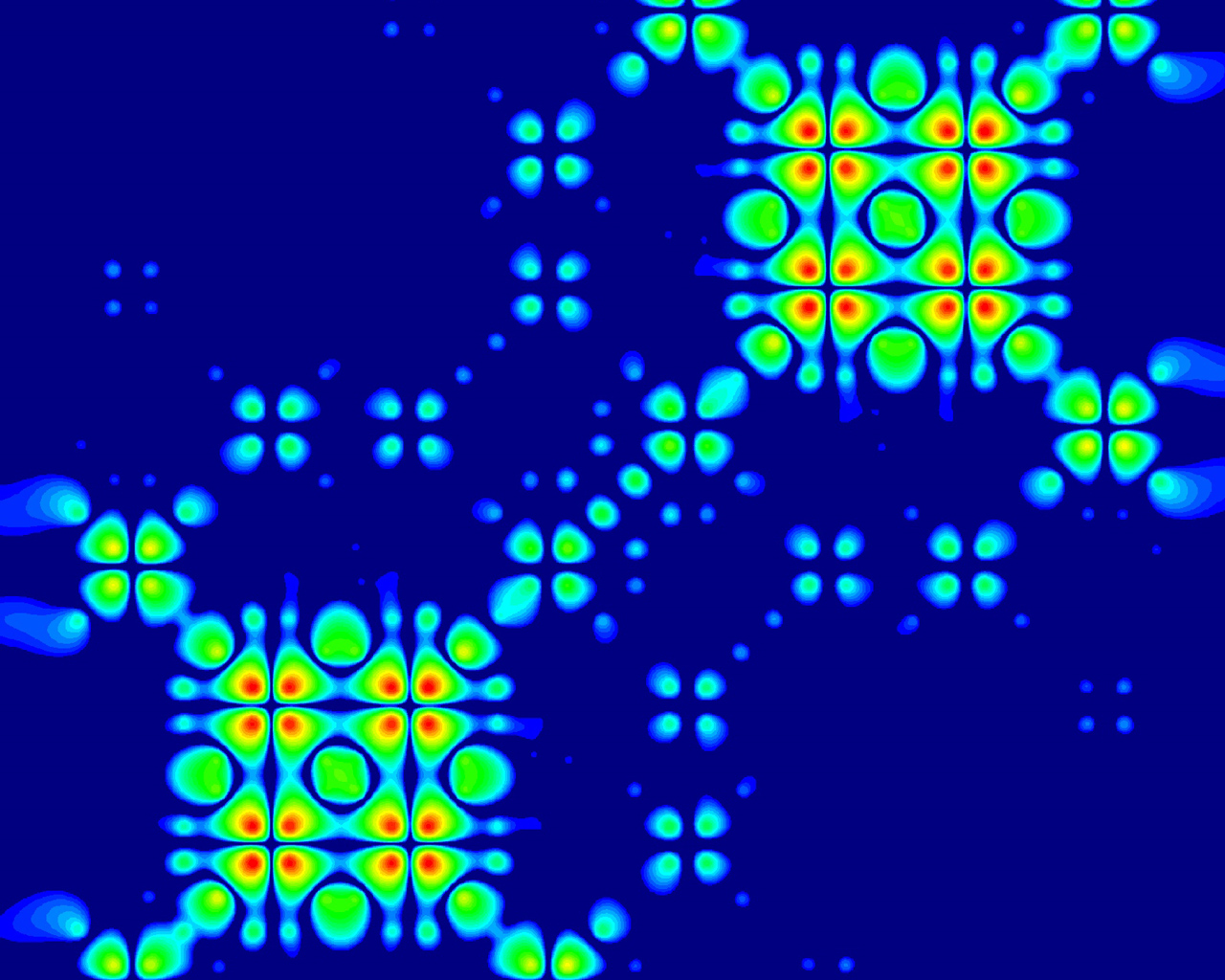
Project lead:
Svetlana V. Boriskina, Project Lead and Research Scientist, Mechanical Engineering Department, MIT
Collaborators:
Steven Kooi, Principal Research Scientist, Institute for Soldier Nanotechnologies, MIT
Richard Osgood, Research Physicist, Combat Capabilities Development Command Soldier Center, US Army
Andrey Miroshnichenko, Associate Professor, University of New South Wales, Canberra, Australia
Launched: 2019–2020
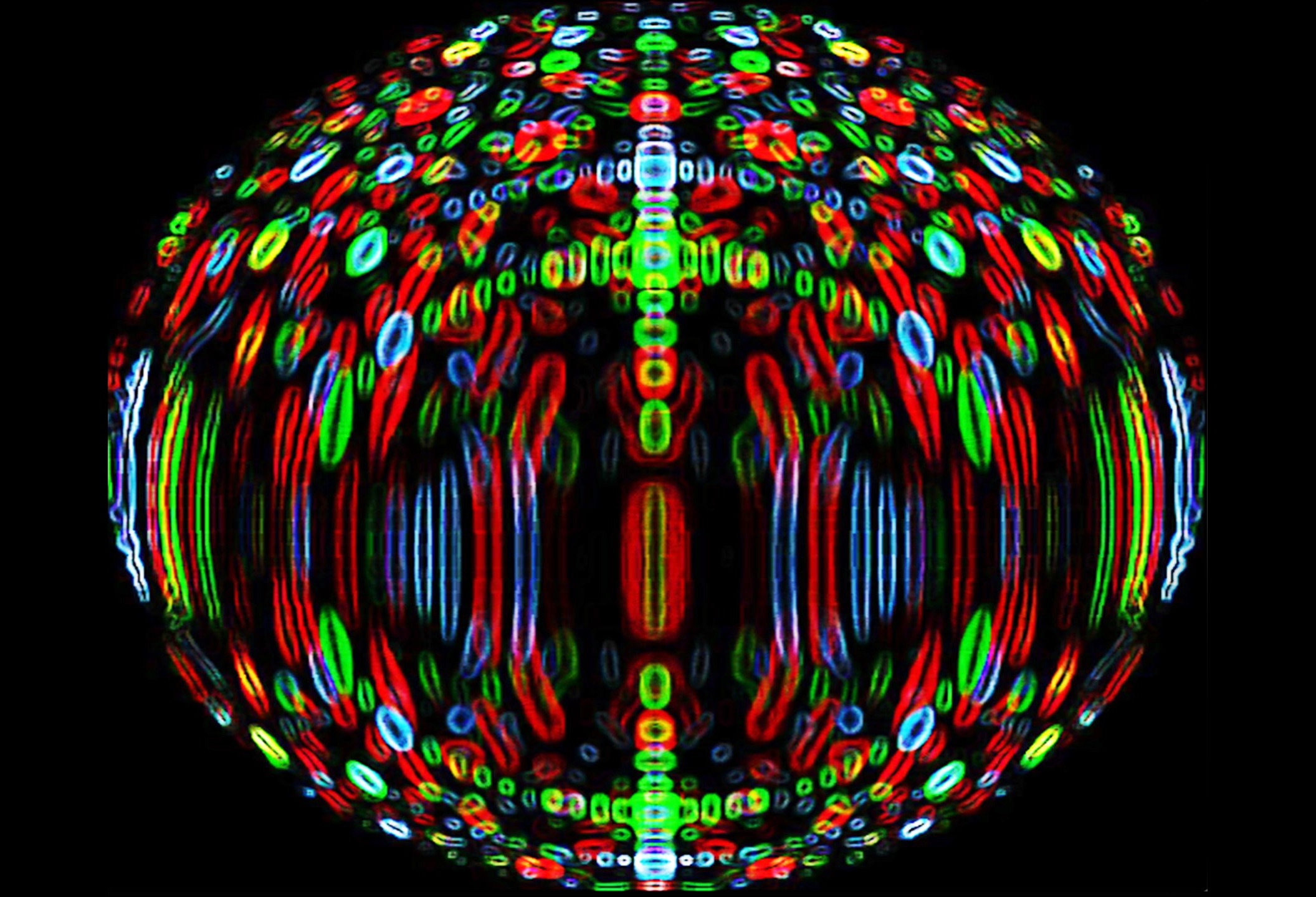
More information
A full gamut of colors in all-dielectric, cheap, and large-scale artificial butterfly wings
Deterministic aperiodic nanostructures for photonics and plasmonics applications

